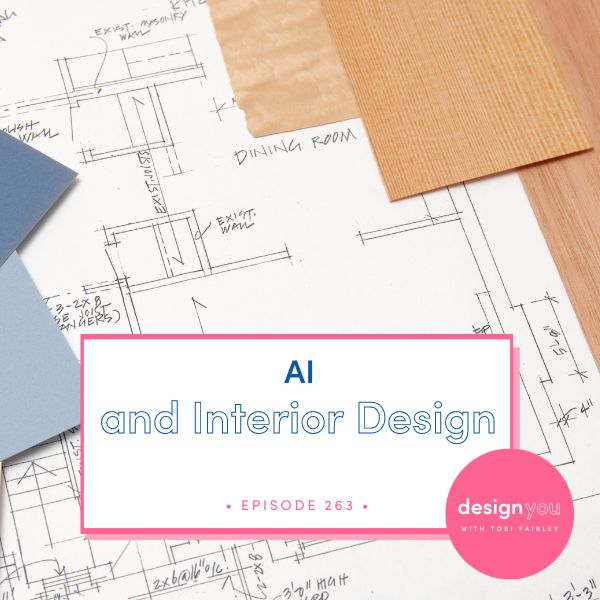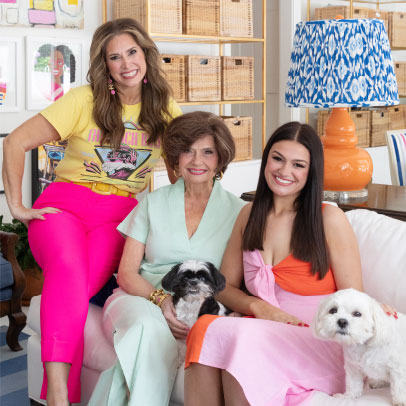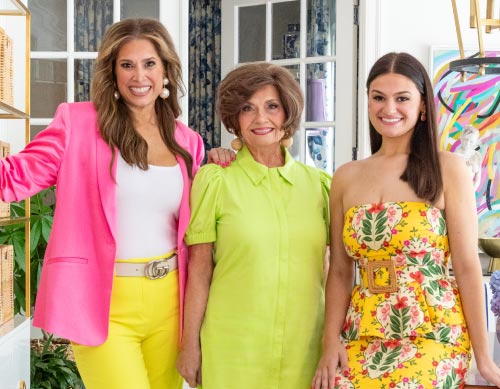
Today, we’re getting techy. Artificial intelligence is going to have an impact on the design and creative industries, just like it will in every area of our world and larger existence. There’s one thing we know for sure about AI: we really have no idea how AI is going to change the world.
The possibilities for AI are massive, and that’s a scary thought. However, with any change, there’s also opportunity. So, I’m digging into the conversation today and helping you get focused on thinking about what the future may hold for you and your design business, even though we don’t have all the answers just yet.
As designers, if we choose to compete with AI instead of adapting to it, we could become dinosaurs. Tune in this week to start exploring how AI could affect the future of the design industry. I’m discussing some of the speculation around how content will change as a result of AI, and sharing how to make sure you can still create human-to-human connection without getting left behind in the age of AI.
If you’re an interior designer or creative looking to up-level your business, I have something for you. It’s my Build a Better Business Guide because burnout, undercharging and the feast and famine cycle are rampant in the design industry. And there’s a better way to run your business. Click here to get my manifesto and guide that will have you on your way to a business with more ease, more joy, and more money.












